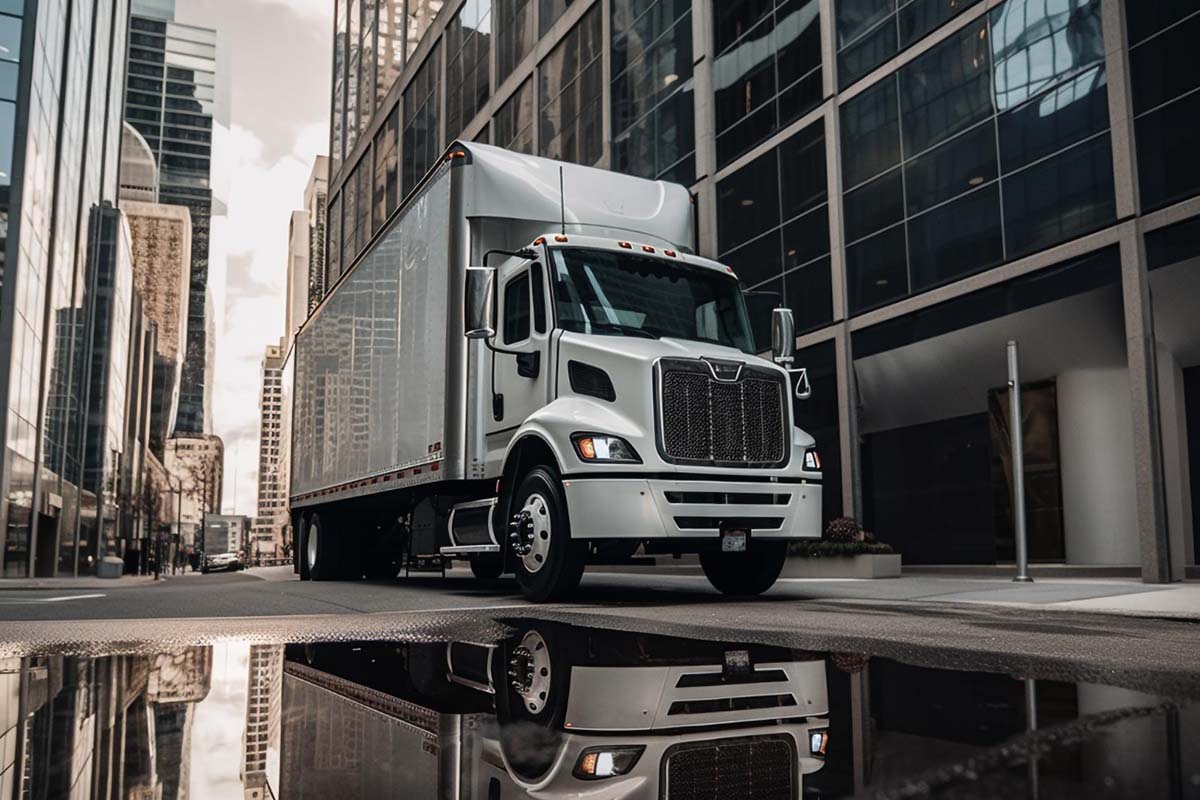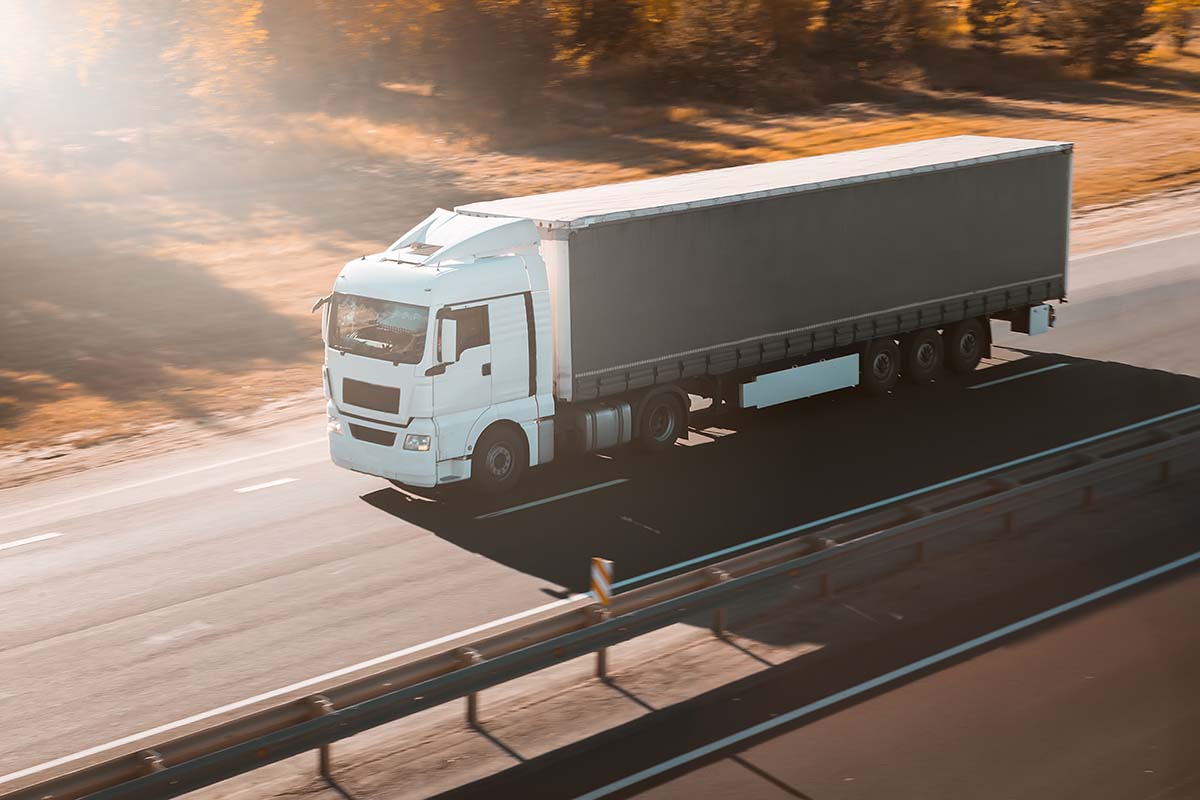Modifying heavy commercial vehicles for better performance can greatly enhance their efficiency, safety, and functionality. These trucks are the backbone of the transportation and construction industries and other sectors, and optimizing their performance can result in improved fuel economy, increased cargo capacity, enhanced maneuverability, and reduced maintenance costs. Here are five ways to modify heavy commercial vehicles for better performance.
Make Aerodynamic Enhancements
Reducing wind resistance is crucial for improving fuel efficiency. Installing aerodynamic features such as roof fairings, side skirts, and front bumper spoilers can minimize drag, allowing the truck to cut through the air more efficiently.
Rear-wheel fairings and trailer tail devices can also help streamline airflow around the trailer, further reducing drag. These modifications can result in significant fuel savings over long distances. Finding international truck parts on sale can further boost the potential cost-effectiveness of these modifications.
Carrying Out Engine Upgrades
Enhancing a truck’s engine performance can improve power, torque, and fuel efficiency. Upgrading to more efficient engine models, such as those with advanced fuel injection systems or turbochargers, can increase horsepower while reducing fuel consumption. Optimizing the engine’s tuning and calibrations through software updates or aftermarket performance chips can further improve fuel economy and power output.
Basic Weight Reduction
Reducing the weight of a truck can enhance its payload capacity and fuel efficiency. Using lightweight materials for components like the trailer body, chassis, and cab can help reduce weight without compromising structural integrity.
Additionally, replacing steel wheels with lightweight aluminum ones and using light tires can further reduce the vehicle’s overall weight, resulting in improved fuel economy. Using alternative wheels, tires, or body parts on a heavy commercial vehicle is not always practical or even possible. When it’s an option, though, it can certainly pay off over time.
Improved Suspension Systems
Enhancing the suspension system can improve ride comfort, stability, and handling. Installing air ride suspension systems instead of traditional leaf spring suspensions can provide a smoother ride and better load balancing, reducing the strain on the truck’s components.
Air suspension systems can also adjust ride height, improving ground clearance and maneuverability. Moreover, upgrading to advanced shock absorbers and anti-roll bars can enhance stability during cornering and reduce body roll.
Advanced Technology Integration
Incorporating advanced technologies can significantly enhance truck performance. Installing telematics systems and GPS trackers can help monitor and optimize fuel consumption, track vehicle location, and provide real-time data on engine performance and maintenance needs.
Additionally, integrating collision avoidance systems, adaptive cruise control, and lane departure warning systems can improve safety and reduce the risk of accidents. Smart tire pressure monitoring systems can enhance fuel efficiency and prevent tire-related issues.
At the same time, some of these technologically advanced solutions can optimize performance in many other ways. They can help drivers find shorter routes that require less fuel to navigate. They can allow companies to monitor driver performance and find areas that also need improvement. Technology may not be a comprehensive solution for optimizing truck performance, but it can be a helpful tool.
Optimizing Truck Performance
Modifying 18-wheelers for better performance involves a range of enhancements, from aerodynamic improvements and engine upgrades to weight reduction, suspension enhancements, and advanced technology integration.
These modifications can improve fuel efficiency, cargo capacity, maneuverability, and safety. By investing in these performance modifications, and trucking companies can save costs, increase profitability, and contribute to a more sustainable and efficient transportation industry.




















